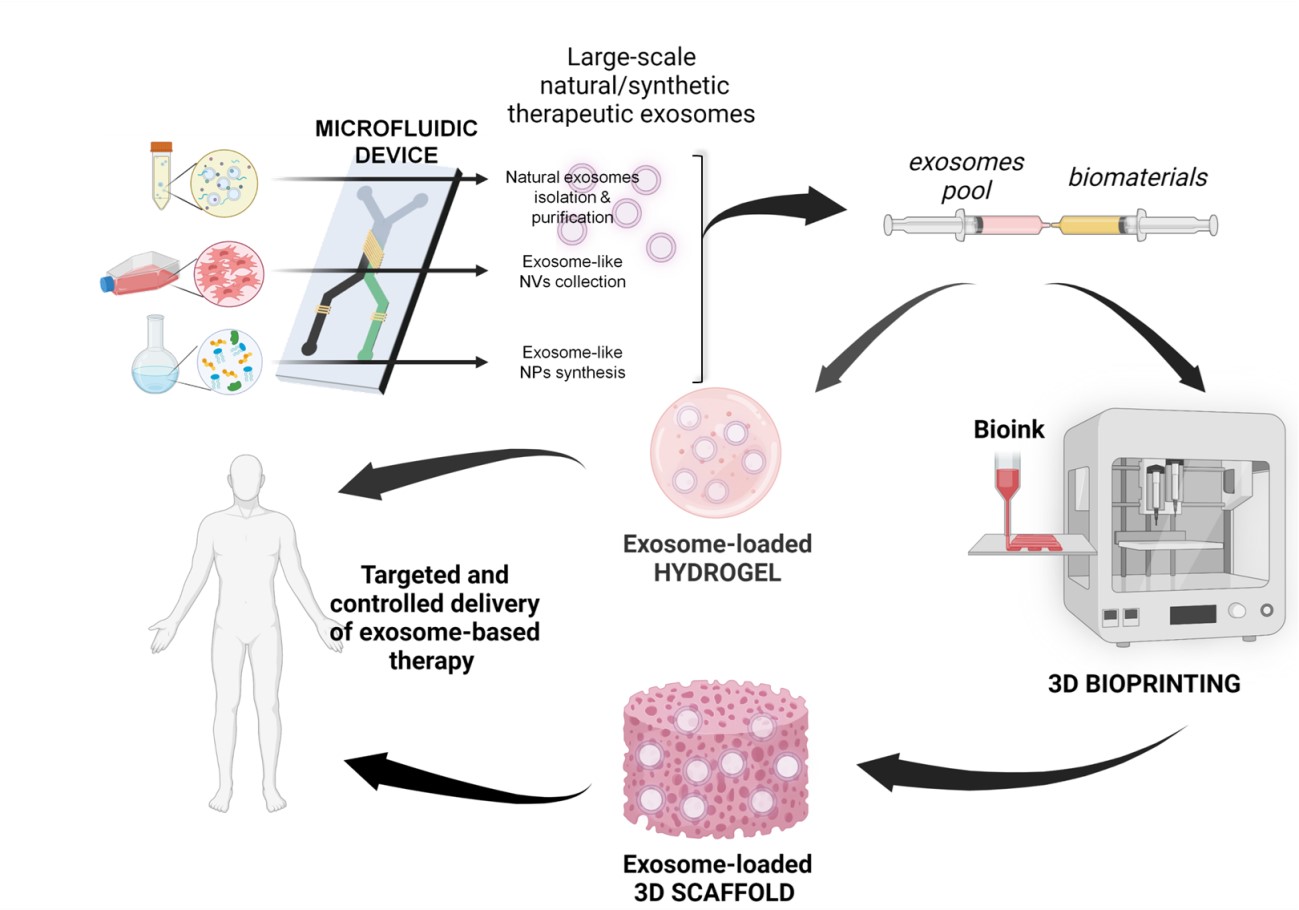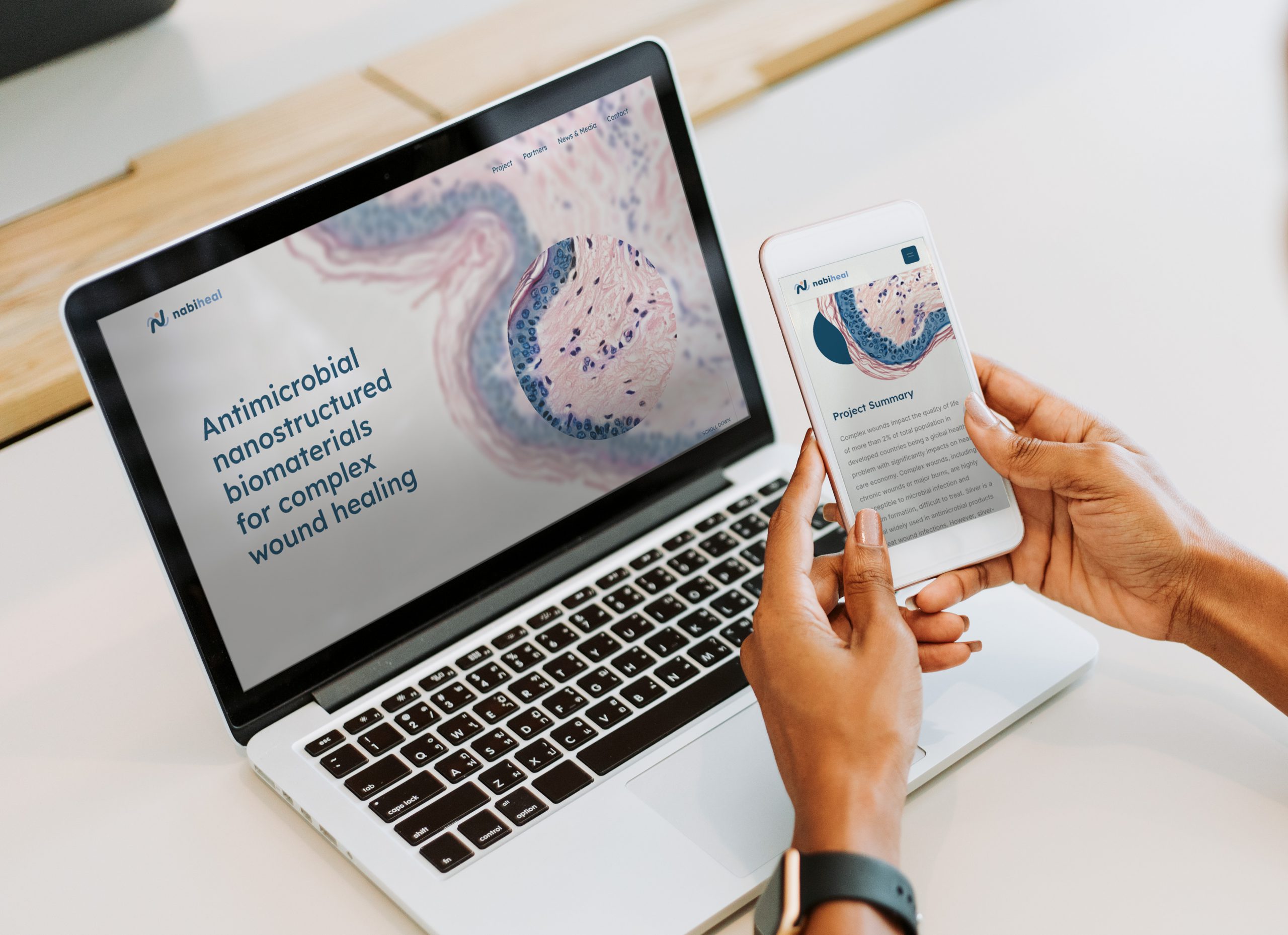Jesús Santamaría, Scientific Director of NANBIOSIS Unit 9, elected foreign member of the Istituto Lombardo Accademia di Science et Lettere
Jesús Santamaría, Professor of Chemical Engineering at the University of Zaragoza, has been elected a foreign member of the Istituto Lombardo Accademia di Science et Lettere, in its division of Mathematical and Natural Sciences, Chemistry section.
This institution was originally founded by Napoleon Bonaparte in 1797, as the National Institute of the Cisalpine Republic, in charge of collecting discoveries and perfecting the arts and sciences, following the model of the Institut de France. Napoleon himself appointed the first members of the Institute and its first president, Alesssandro Volta, Italian chemist and physicist, famous primarily for the discovery of methane in 1776 and the invention and development of the electric battery in 1799 .
Today the Istituto Lombardo depends on the Italian Ministry of Culture with headquarters in the Brera Palace, and has maintained its founding task of contributing to “issues related to education and public welfare. It currently develops a wide program of activities, including support for research in the fields of action of the institution, numerous events and public conferences, as well as its publications and the management of its famous archives and library.

Among the members who have belonged to the Istituto Lombardo are, in addition to Napoleon himself and Volta, the poet Vincenzo Monti, the writer and politician Alessandro Manzoni, the philosopher Carlo Cattaneo and the cleric Achille Ratti, future Pope Pius XI, as well as several Nobel Prize winners. : Camillo Golgi (Medicine), Giosuè Carducci (Literature), Giulio Natta (Chemistry) and Eugenio Montale (Literature).
Professor Santamaría has a long and profuse career in the academic and scientific field, with 370 published articles, 35 doctoral theses supervised, 26 patents and participation in 18 European projects, including two of the prestigious Advanced Grants from the European Research Council (ERC),. Jesús Santamaría is the Principal Investigator of the NFP (Nanostructured Films and Particles) research group, that belongs to the Aragon Institute of Materials and Nanoscience (INMA), CSIC-UNIZAR joint center, the Aragon Health Research Institute (IIS Aragon), and the Biomedical Research Center in Bioengineering, Biomaterials and Nanomedicine (CIBER-BBN). He is also the Scientific Director of NANBIOSIS U9 “Synthesis of Nanoparticles Unit” since its creatrion in 2007 by UNIZAR and CIBER-BBN, recognized by the Spanish Governmen as “Unique Scientific and Technical Infraestructure” (ICTS in Spanish) .
Santamaría has been director of the Samca Chair of Nanotechnology, deputy director of the Unizar Nanoscience Institute of Aragon and editor of the Chemical Engineering Journal. He has carried out postdoctoral research stays at the University of Notre Dame and at the Massachusetts Institute of Technology (MIT), both in the United States.
His current research topics include the development of new methods for the synthesis of nanomaterials, and applications of the synthesized materials in medicine, photo-assisted catalysis, microwave catalysis, molecular recognition sensing, and nanosafety.























